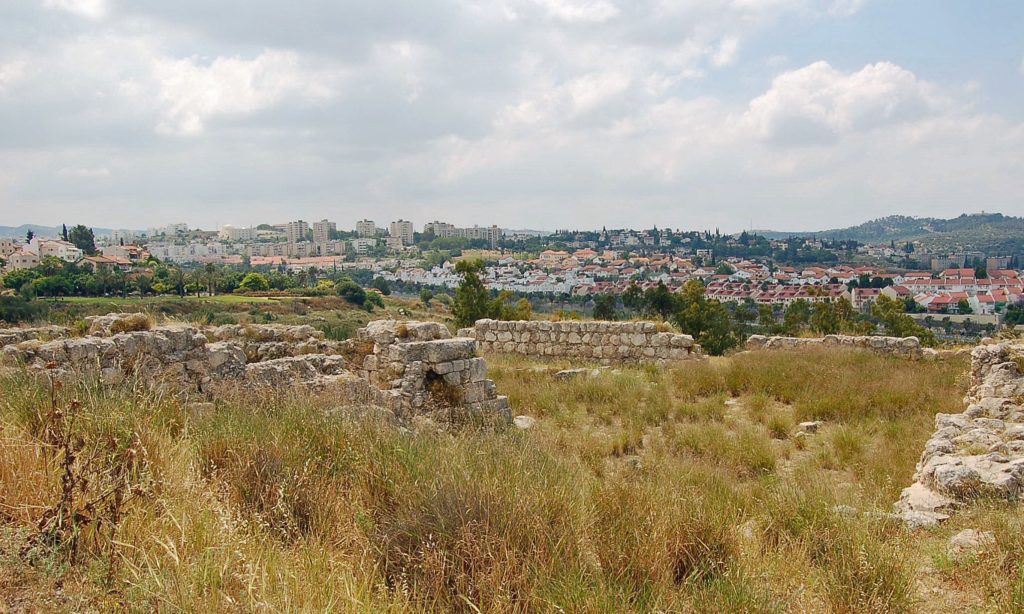
The city of Beth Shemesh, Israel, 19 miles west of Jerusalem, was an important Israelite town during the period of the Biblical Judges. Originally named for the Canaanite sun goddess and lying at the border between Israelite and Philistine territories, it figured in the history of the Ark of the Covenant.
According to 1 Samuel, just before the time of King David,Israelite soldiers took the Ark of the Covenant, holding the stone tablets containing the Ten Commandments, into battle with the Philistines, hoping its presence would bring them victory. The plan failed. The Philistines killed 30,000 Israelites and captured the Ark, which they took to Ashdod and displayed in the temple to Dagon, their national god. That turned out to be a bad idea. The statue of Dagon soon toppled and broke. More important, the Philistines began suffering from hemorrhoids, sometimes euphemistically called “tumors,” and were overrun by mice. To rid themselves of these plagues, which they attributed to the wrath of Yahweh, the God of the Israelites, the Philistines put the Ark on a cart yoked to two milk cows. To appease Yahweh, they also placed on the cart five golden representations of their hemorrhoids and five gold mice and then sent the cows away. When the cows crossed the border into Beth Shemesh, the townspeople joyously accepted the Ark and the golden offerings. Using wood from the cart, they sacrificed the cows in a burnt offering of thanks to Yahweh. Unfortunately, when many of the men of Beth Shemesh peered into the Ark, Yahweh struck them dead.
The excavated ruins of the Biblical town of Beth Shemesh, including an impressive underground reservoir holding 60,000 gallons of water, lie just outside the modern city, which has a current population of about 115,000. What became of the golden hemorrhoids is not known.